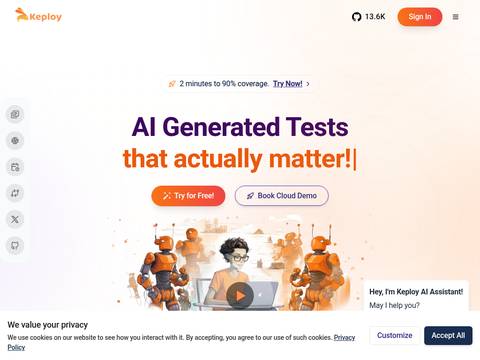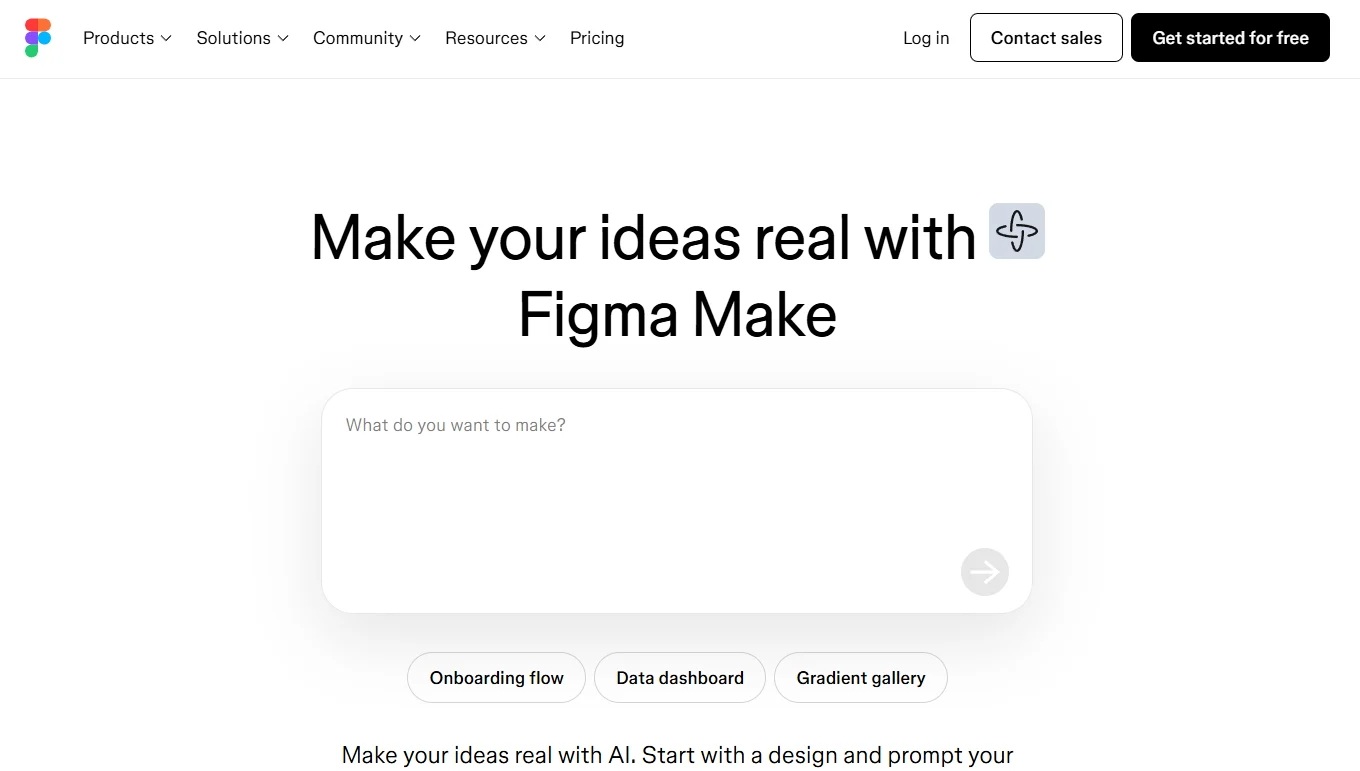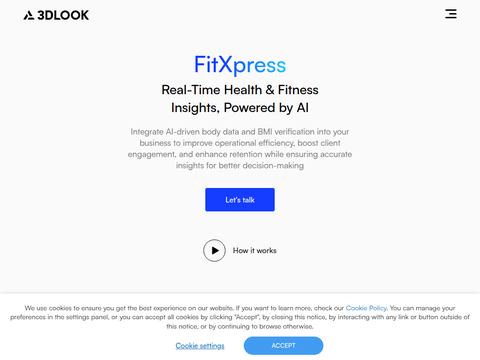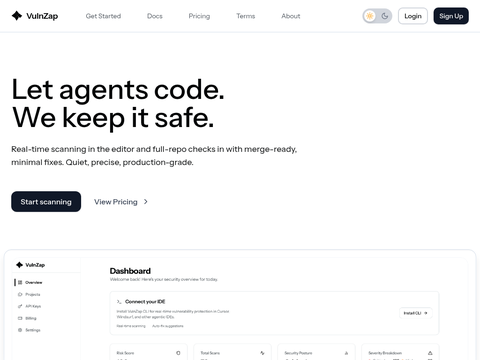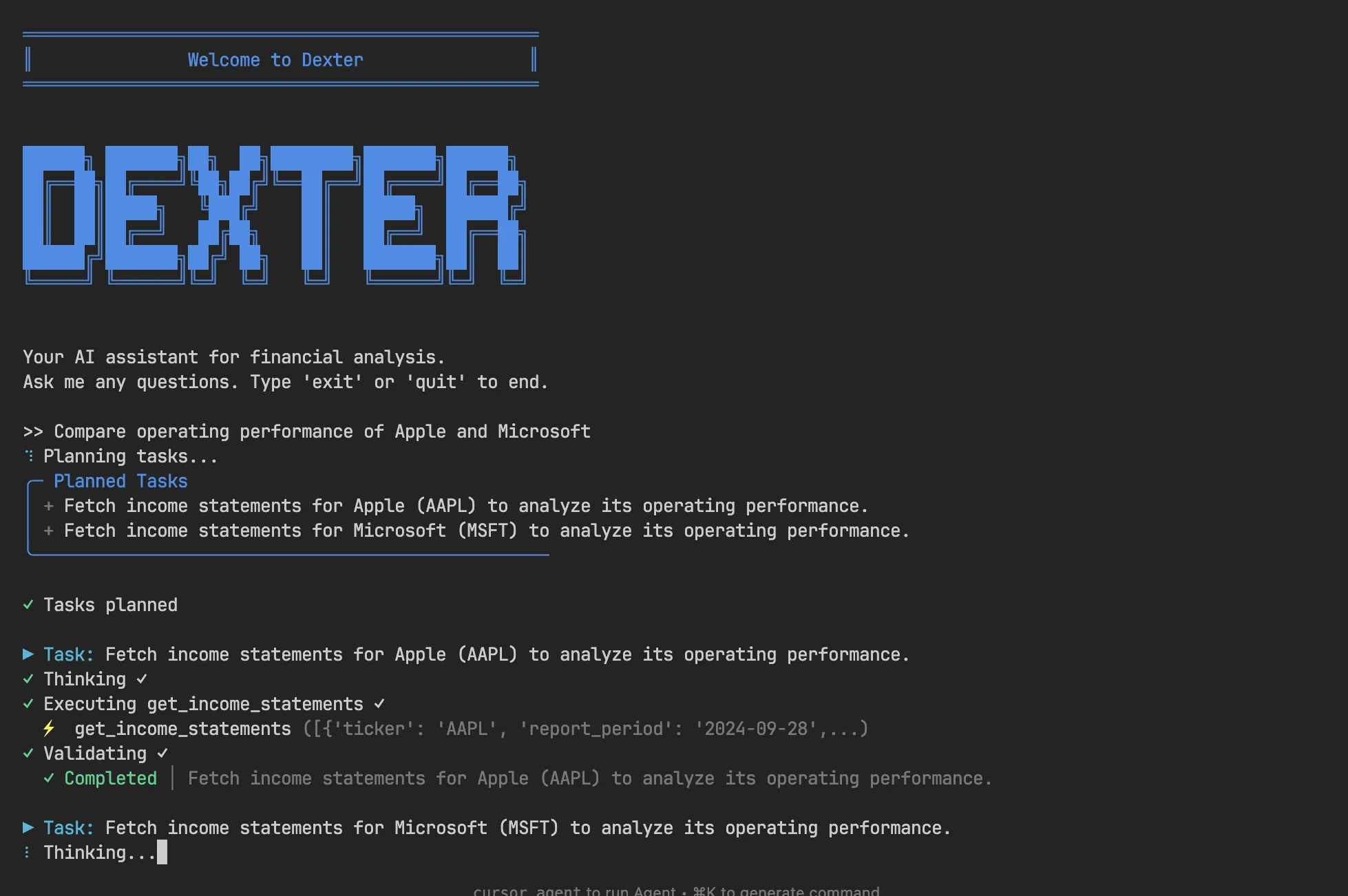Microsoft is rolling out new APIs for its web browser Edge, allowing developers to integrate AI capabilities into web applications using Edge's built-in models.
These AI APIs, announced at the 2025 Build conference, mirror some functionalities found in Google Chrome, which also offers built-in AI for developers to enhance their web apps. Microsoft's move demonstrates its ambition to provide a competitive platform to attract developers to its ecosystem.
The new Edge APIs grant websites and Edge browser extensions access to Phi 4 mini, an AI model released by Microsoft at the end of February. According to Microsoft, Phi 4 mini contains approximately 3.8 billion parameters and excels in solving mathematical problems, thanks to its training dataset that combines human-generated and synthetic data (produced by AI models).
Parameters generally correspond to a model's problem-solving capacity, with larger parameter counts typically yielding better performance. However, smaller models offer efficiency advantages, particularly on less powerful hardware like laptops and mobile devices.
Edge will also receive additional AI APIs, including a suite of writing assistance tools for generating, summarizing, and editing text. Microsoft plans to introduce a translation API in a few months, offering AI-powered language translation within Edge.
"These experimental APIs are designed to become potential web standards and will function across platforms, browsers, and other AI models," Microsoft stated in a press release provided to TechCrunch. "For developers handling sensitive data or working in regulated industries, these APIs ensure privacy and security through on-device processing, eliminating the need to send data to external cloud services."
All new AI APIs are currently available in the Edge Canary and Dev channels.
In related news, Microsoft is introducing a PDF translation tool for Edge. Supporting over 70 languages, users can open a PDF in Edge, click the "Translate" icon in the Edge address bar, and create a new document translated into the selected language.
PDF translation will be widely available next month, with Canary users able to try it today.

